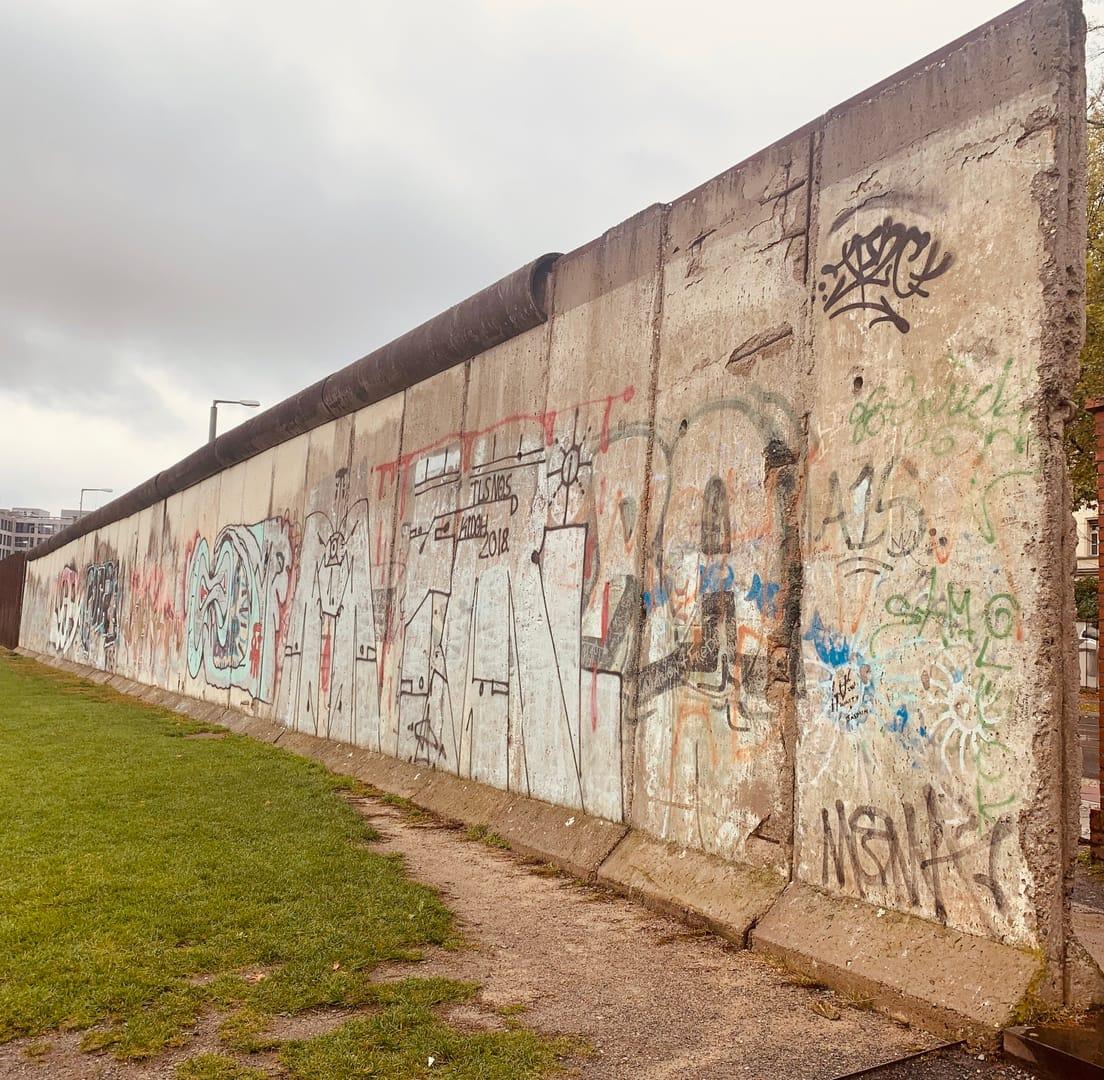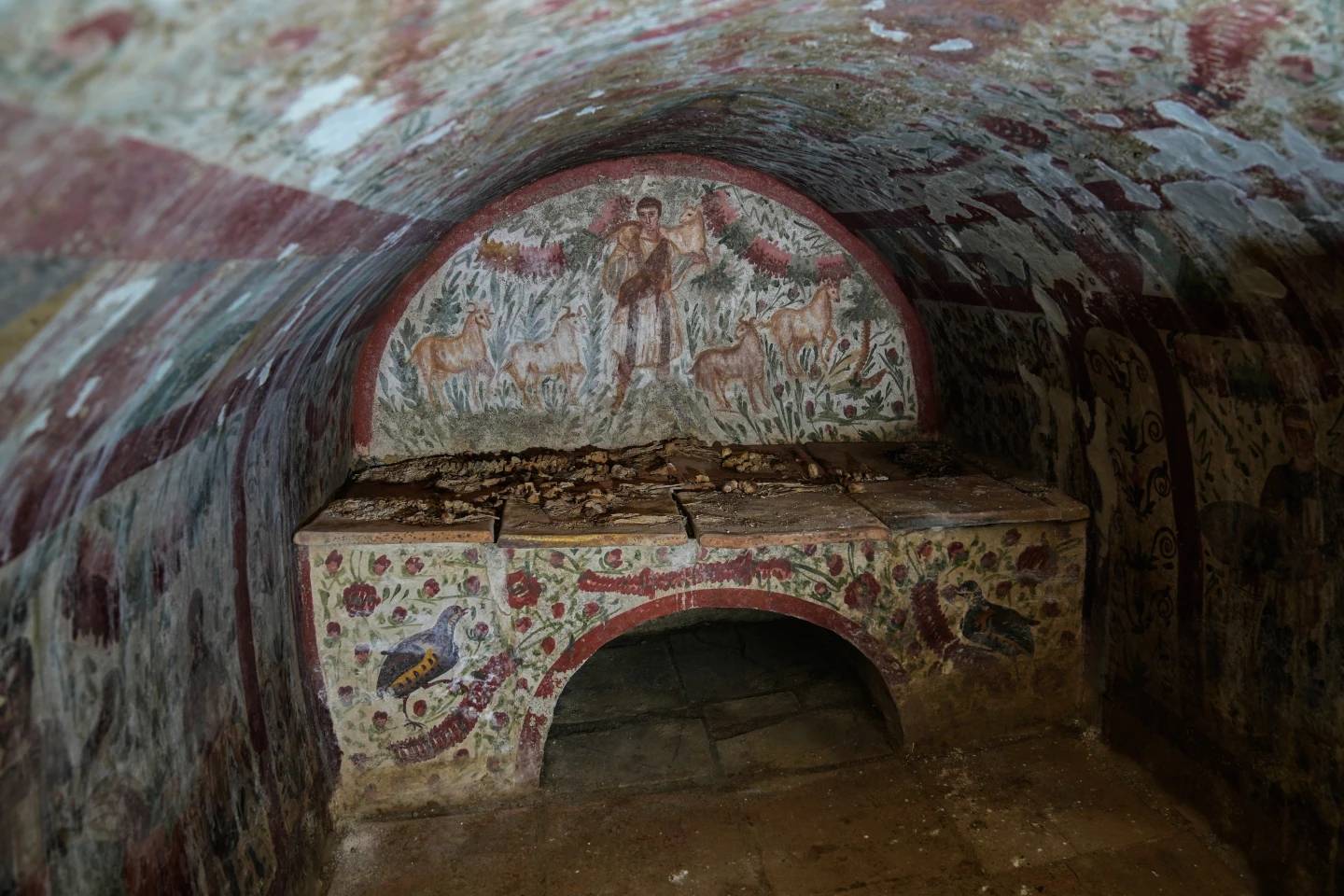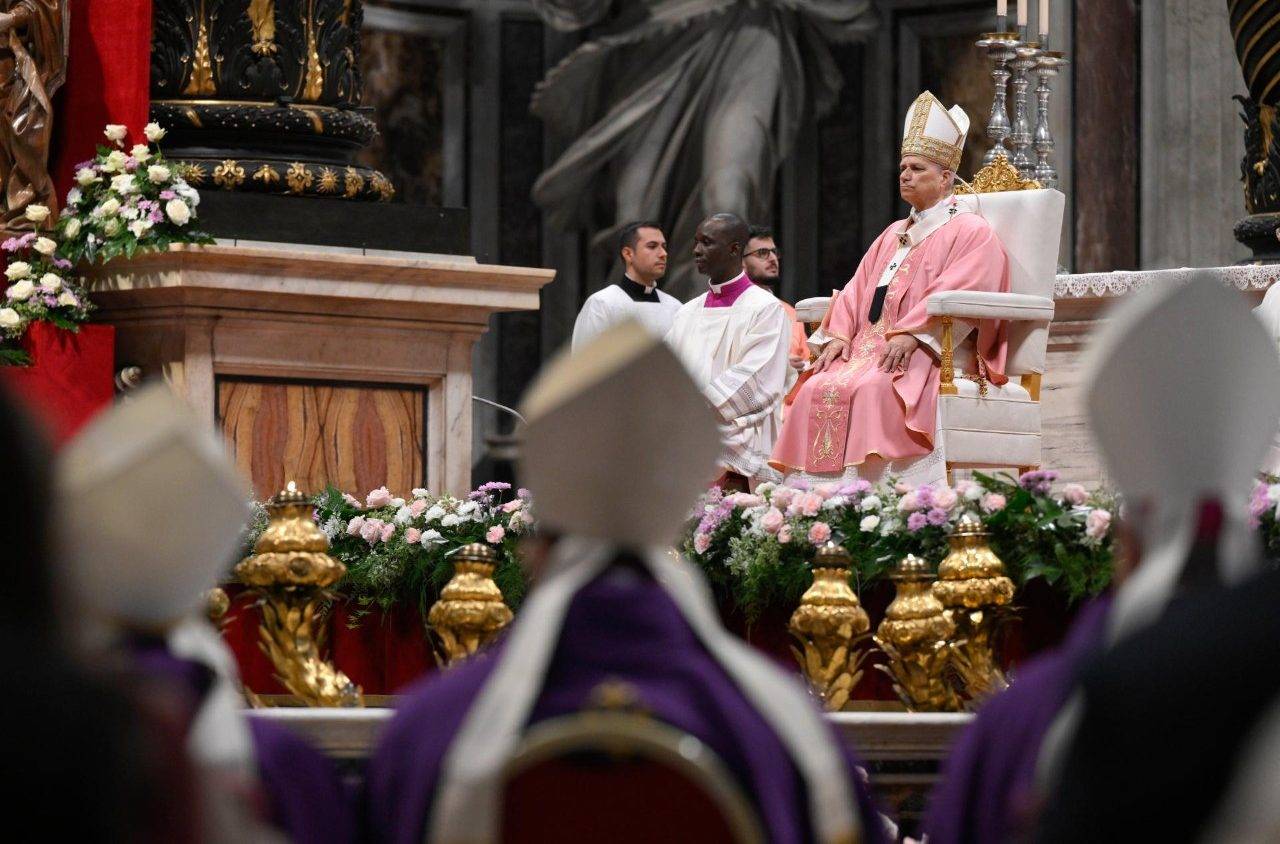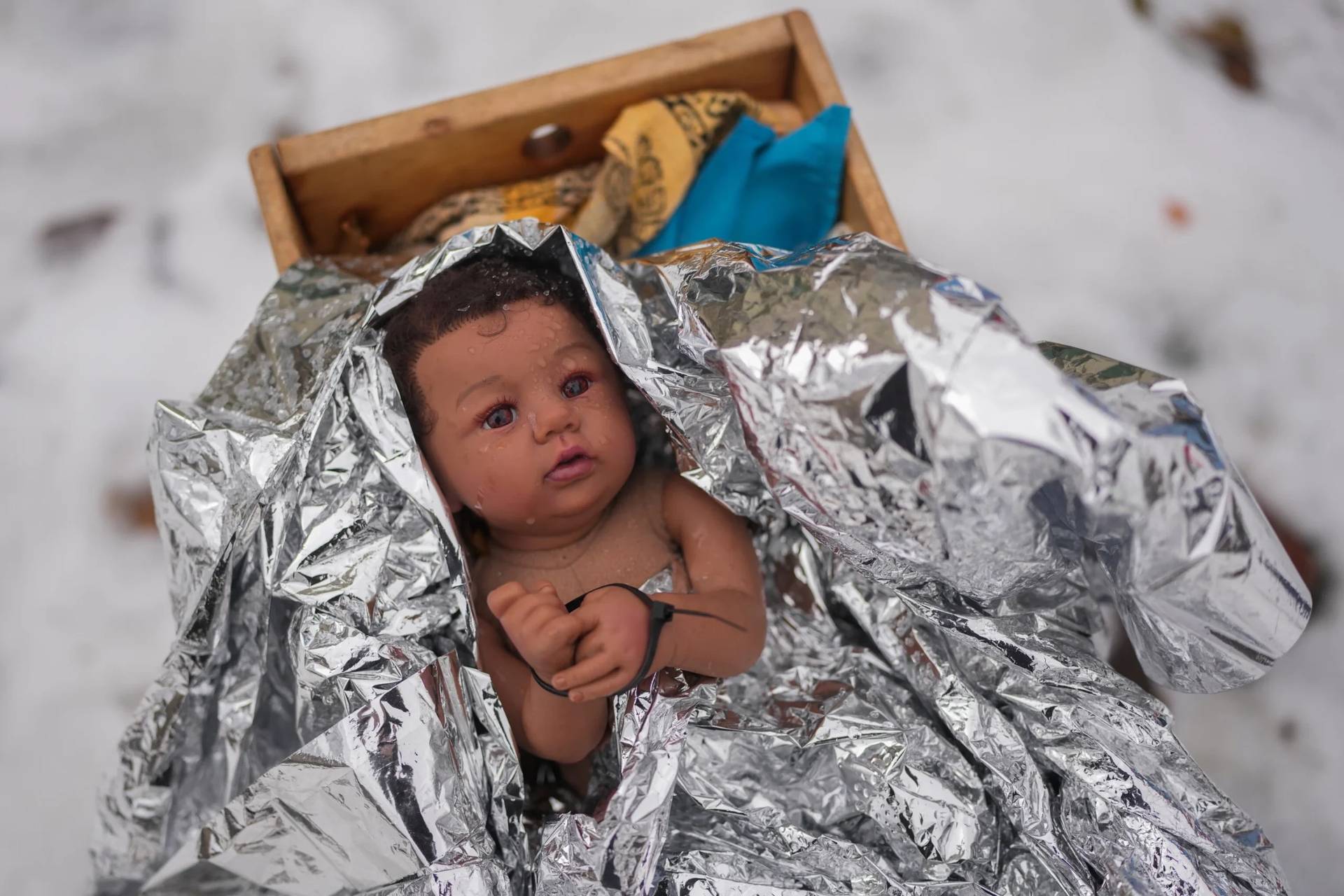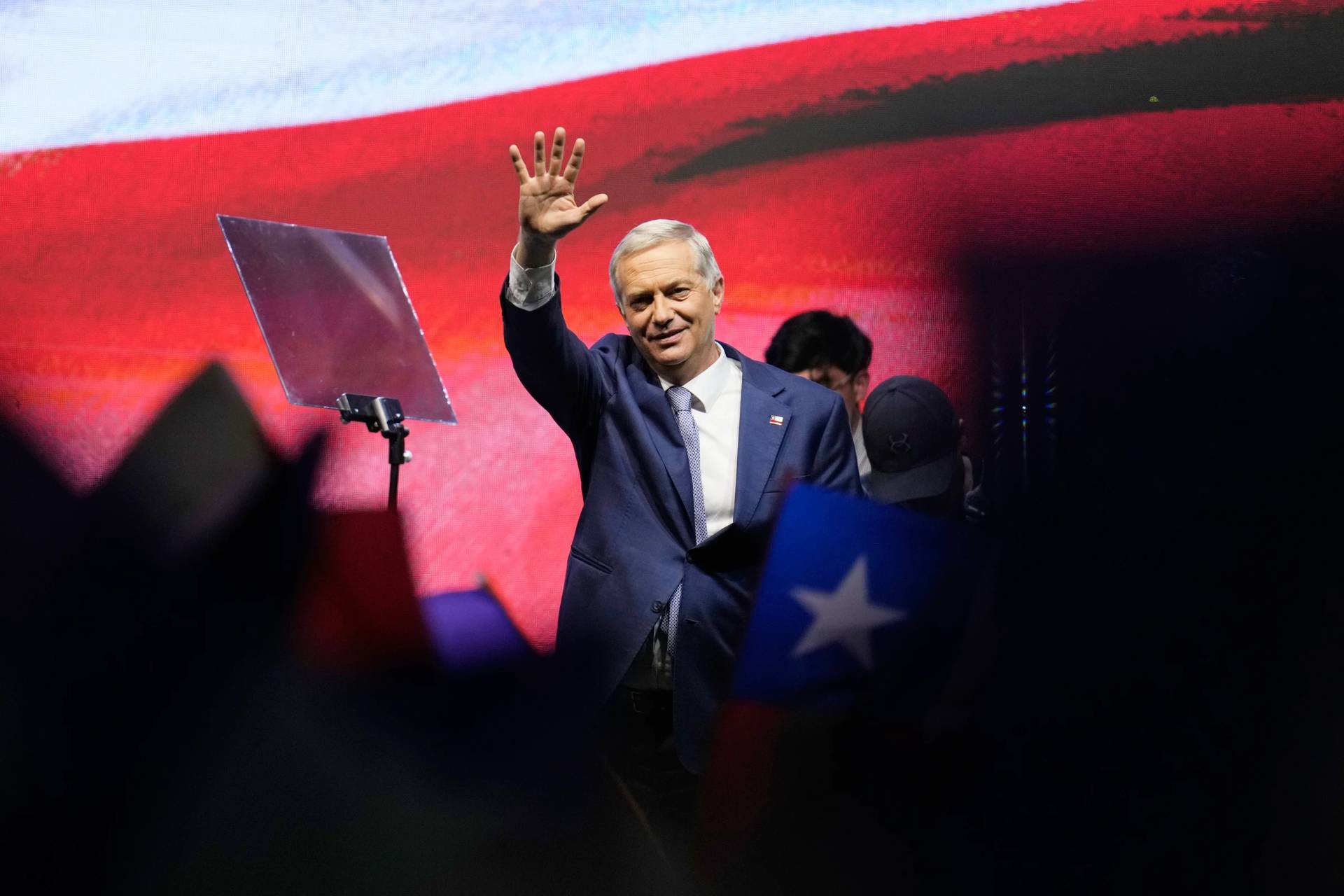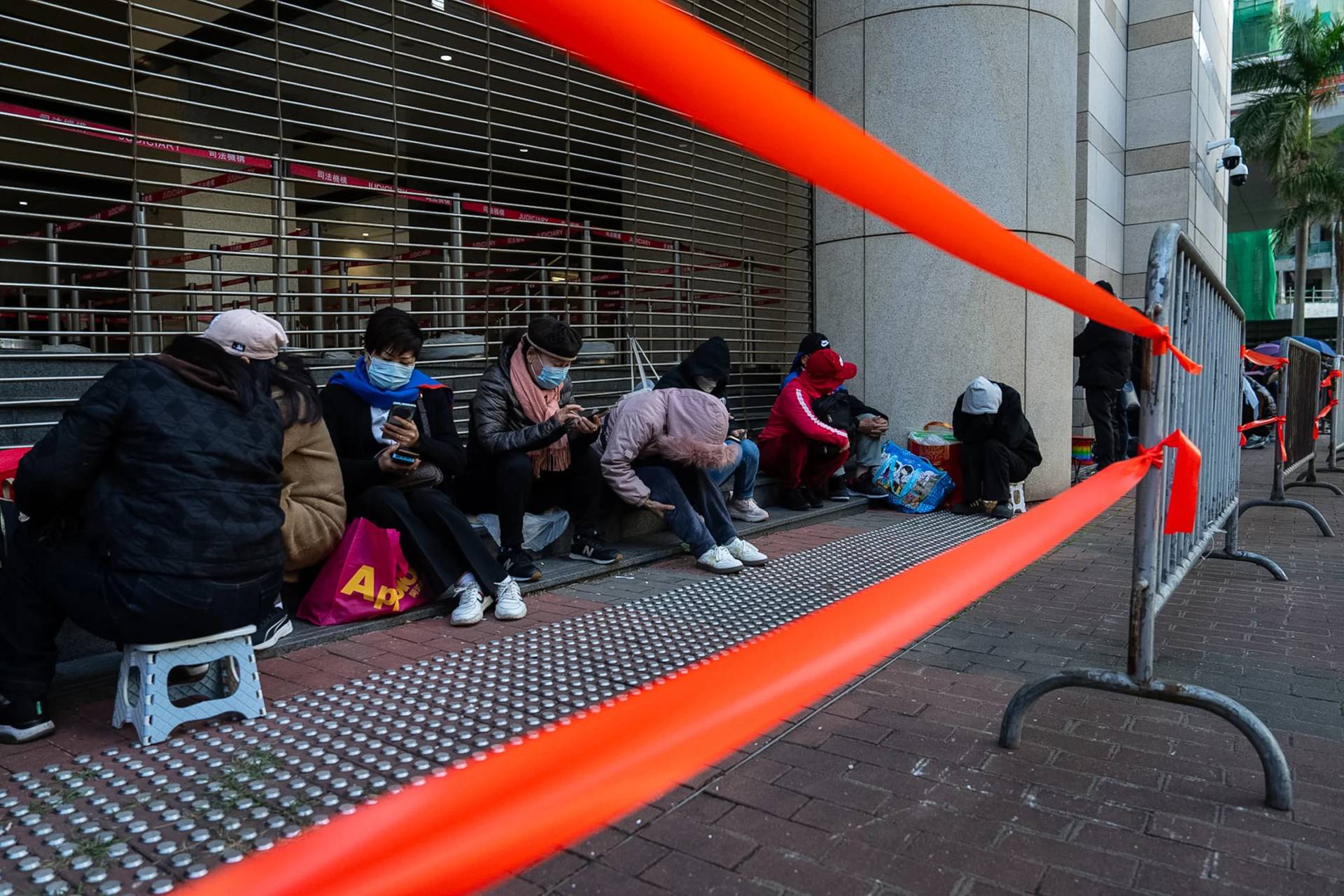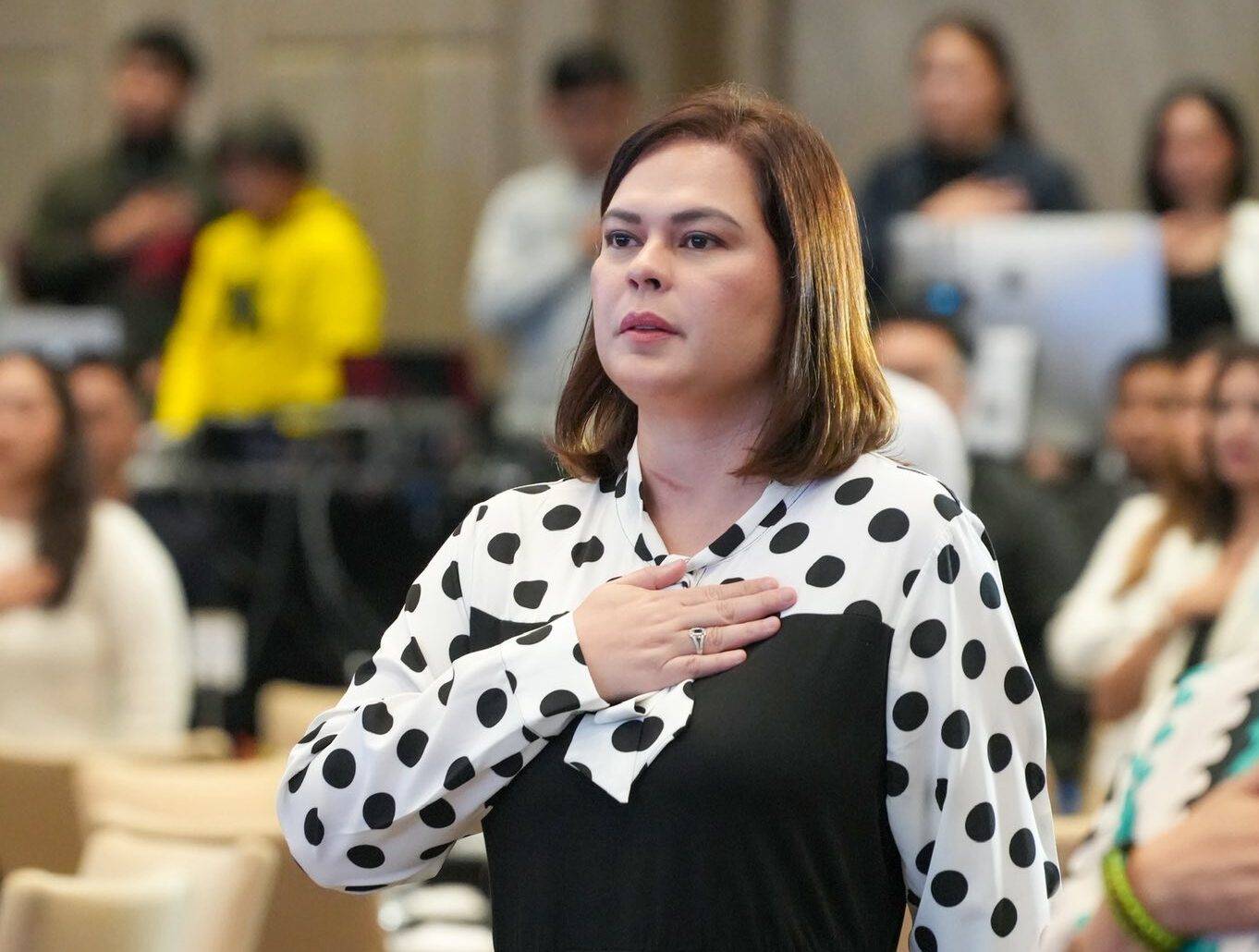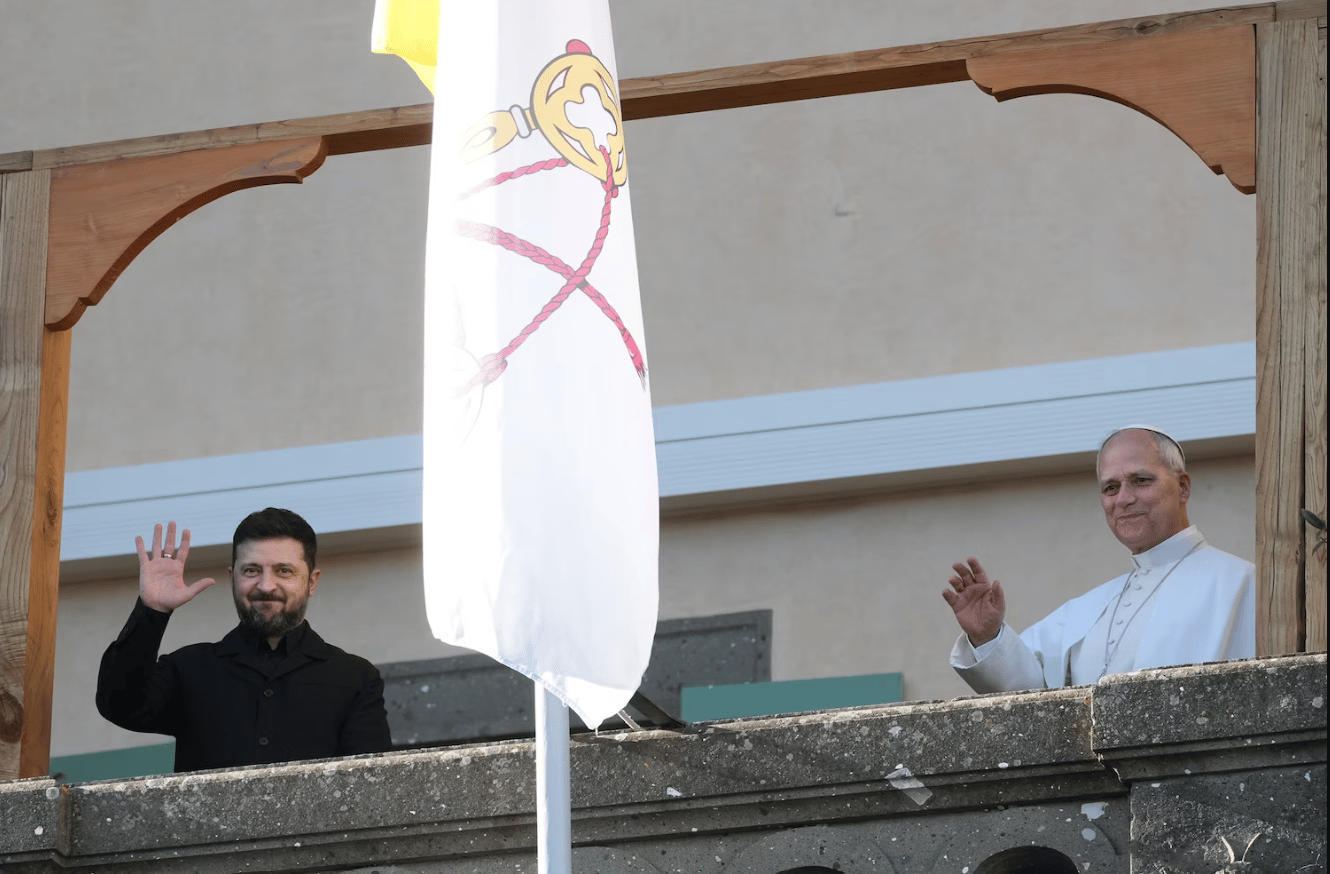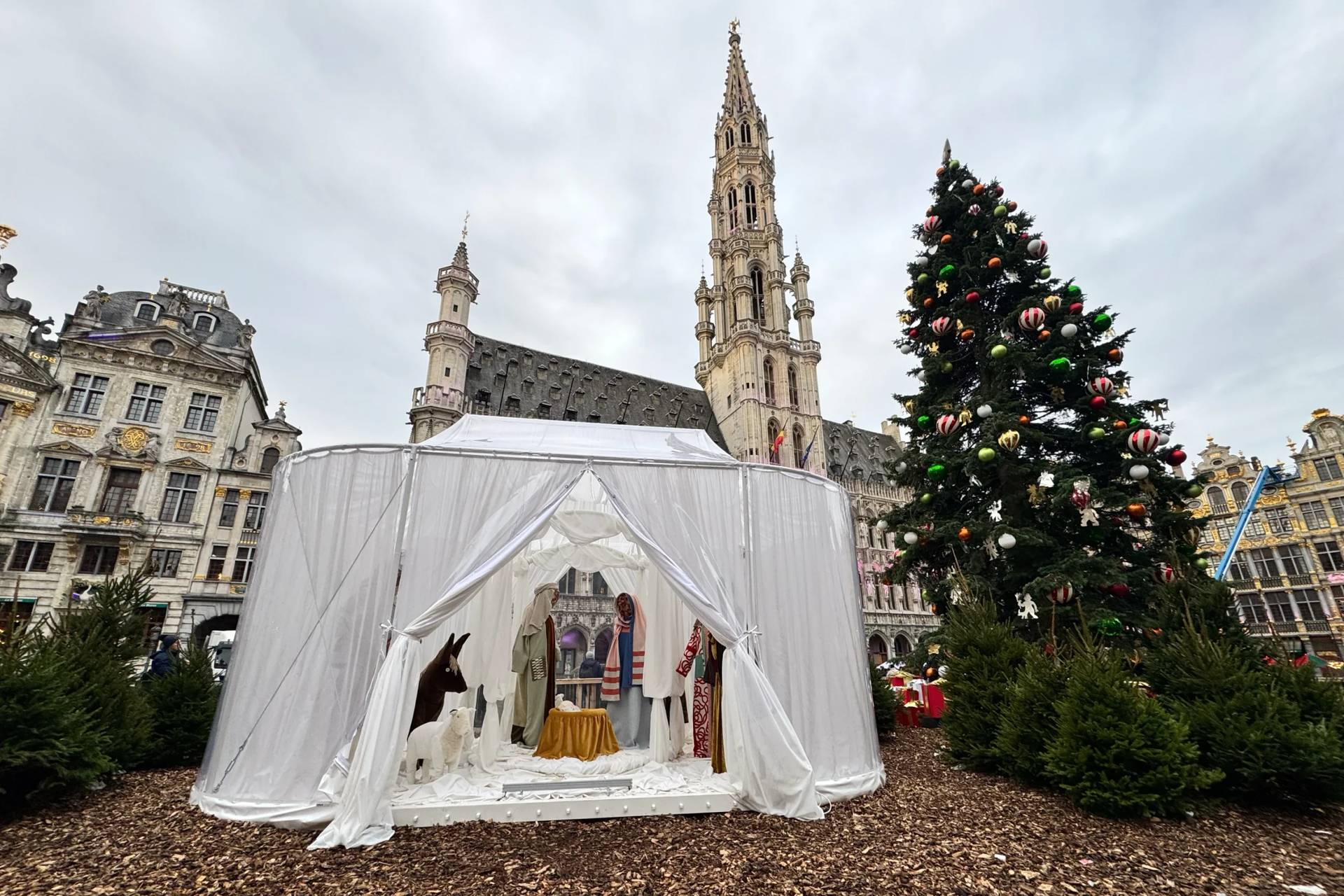BERLIN — Catholics and Protestants gathered Aug. 13 to remember the day in 1961 when their city was divided, becoming a symbol of the Cold War.
Catholic Archbishop Heiner Koch joined his Protestant counterpart, Bishop Christian Stäblein, for an ecumenical prayer service in the Chapel of Reconciliation, on the spot where part of the wall was built. Today, a few wall remnants still remain in a remembrance garden.
Koch reminded those gathered in the small chapel that without Good Friday, there would not have been a Resurrection on Easter.
“Today we remember one of the Good Fridays in the history of Berlin and Germany. We have gathered at one of the many Golgotha mounds in our city and our country, directly at a monument that for many of us was a symbol of bondage and confinement, and which reminds us today of the preciousness of freedom,” he said.
Koch remembered how, as a young boy, he was on vacation with his parents in Italy when the wall went up. He recalled the anger and powerlessness of his parents and other adults as they watched, in disbelief, the images on television. It was his mother’s birthday, but no one was celebrating.
Early on that Sunday morning in 1961, the Soviet sector border was sealed off when more than 10,000 East German security forces started to tear up the pavement in Berlin; they erected barricades and barbed wire fences. A few days later, the concrete slabs that would become the wall started to go up. For the next 28 years, the crossing from East to West in Berlin was blocked by a nearly 96-mile heavily guarded border, and East Germans were de facto imprisoned in their own state. Between 1961 and 1989, when the wall was torn down, 140 people were killed at the Berlin Wall trying to flee.
“The powerlessness that people, institutions and states cannot or do not want to do anything is something I also experience today — in certainly quite different contexts,” Koch said. “Anyone who watched the images from Afghanistan this morning, left to its own devices and to the Taliban after NATO’s withdrawal, (it) is just as eloquent an example as the refugees floating in boats on the Mediterranean and the corpses washed up on the shore of those who have perished in flight today.”
The chapel where the prayer service took place is dedicated to the memory of those who died at the wall trying to flee. It was erected after German unification and stands on the spot where the former Protestant Church of Reconciliation, built in 1894, stood on Bernauer Street. When the wall was erected, the church was boarded up in no man’s land on the Soviet (East) sector, while the cemetery and most parishioners were in the French (West) sector. In 1985, four years before the Wall fell, the East Germans demolished the Church of the Reconciliation.
Each day at noon, people gather in the Chapel of Reconciliation to pray and remember those who died. The Rev. Thomas Jeutner, Protestant pastor of the chapel, said prayers take place whether there are a lot of people or no visitors.
At the memorial, Stäblein read from the Book of the Dead. which is always kept at the altar and contains the biographies of people who died at the Berlin Wall, trying to flee.
He remembered the first fatality at the Berlin Wall, Ida Siekmann. Early Aug. 22, 1961, a day before her 59th birthday, she jumped out of the window of her nearby flat on the border between East and West, after the front door — which previously opened onto the pavement in West Berlin — was barricaded by soldiers. She was fatally injured and died on the way to the hospital. Stäblein lit a candle in her memory.
The noon service took place after dignitaries and survivors had commemorated the day in front of the chapel. Thomas Sternberg, president of the Central Committee of German Catholics, told the German Catholic News Agency KNA Aug. 13, 1961, had been a black day in history.
German President Frank Walter Steinmeier told those gathered, “the 13th of August was a fateful day for us Germans.”
The Reconciliation Church was not the only church where parishes were affected and divided by the wall. The Catholic Church of St. Michael’s was on the eastern part of the wall, while many parishioners were on the western side. The parish eventually split into two. However, the Archdiocese of Berlin remained unified, despite pressure and sometimes very tense circumstances.
